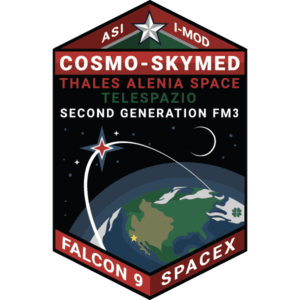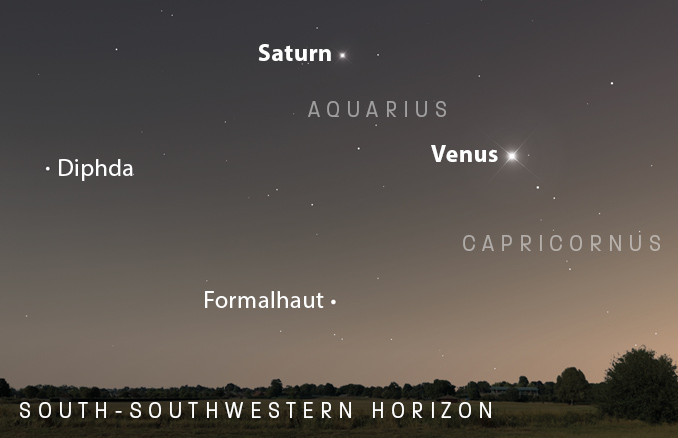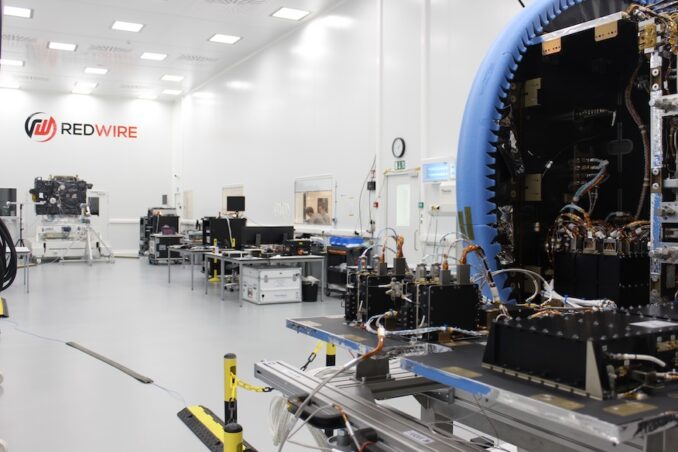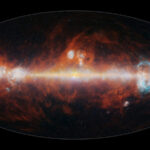Now Reading: SpaceX launches Falcon 9 rocket booster for record 24th time
-
01
SpaceX launches Falcon 9 rocket booster for record 24th time
SpaceX launches Falcon 9 rocket booster for record 24th time
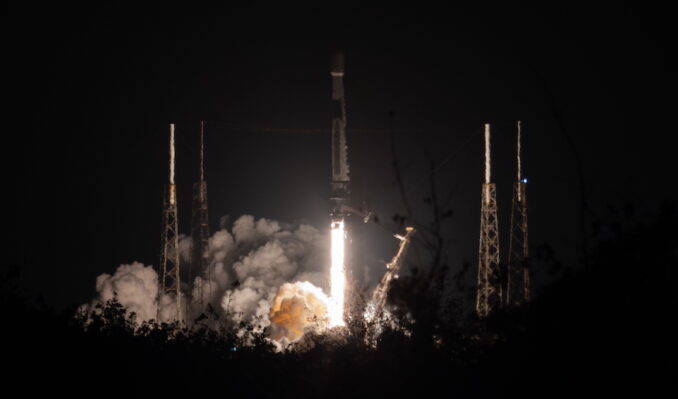

Update 5:49 a.m. EST (1049 UTC): The first stage booster successfully landed on the droneship.
SpaceX completed the first of three planned Falcon 9 rocket launches over the next two days, which include two Starlink flights and a customer mission.
Notably, the first mission in the trio, Starlink 6-70, saw the launch of a first stage booster making its 24th flight, a new launch record.
Liftoff from Space Launch Complex 40 (SLC-40) at Cape Canaveral Space Force Station happened at 5:13 a.m. EST (1013 UTC) on Wednesday, Dec. 4.
Heading into the launch window, the 45th Weather Squadron forecast fairly pristine conditions. Launch weather officers said there should be a greater than 95 percent chance of favorable weather at liftoff, citing no specific meteorological concerns.
“Cool and breezy conditions are expected throughout the beginning and middle of this week as high pressure dominates prior to a weak cold front passage this Friday,” the written forecasts stated. “Cold northerly air flowing over the Gulf Stream is expected to drive marine stratocumulus development Wednesday morning, which may approach the coast but poses no threat to the primary launch attempt.”
The SpaceX first stage booster supporting this mission, tail number B1067, cemented its position as the launch leader when it lifted off for a 24th time. It previously supported four missions to the International Space Station (Crew-3, Crew-4, CRS-22 and CRS-25), the European Commission’s Galileo L13 mission and 12 previous Starlink flights.
The Starlink 6-70 mission took the Falcon 9 rocket on a south-easterly trajectory. A little more than eight minutes after liftoff, B1067 touched down on the SpaceX droneship, ‘A Shortfall of Gravitas,’ positioned in the Atlantic Ocean.
This marked the 88th booster landing on ASOG and the 378th booster landing to date.
SpaceX is set to follow up the Starlink 6-70 mission with the launch of the Starlink 9-14 mission from Vandenberg Space Force Base Wednesday night and the launch of the SiriusXM-9 satellites from NASA’s Kennedy Space Center late Thursday morning.
Stay Informed With the Latest & Most Important News
Previous Post
Next Post
-
 01From Polymerization-Enabled Folding and Assembly to Chemical Evolution: Key Processes for Emergence of Functional Polymers in the Origin of Life
01From Polymerization-Enabled Folding and Assembly to Chemical Evolution: Key Processes for Emergence of Functional Polymers in the Origin of Life -
 02Panasonic Leica Summilux DG 15mm f/1.7 ASPH review
02Panasonic Leica Summilux DG 15mm f/1.7 ASPH review -
 03Two Black Holes Observed Circling Each Other for the First Time
03Two Black Holes Observed Circling Each Other for the First Time -
 04How New NASA, India Earth Satellite NISAR Will See Earth
04How New NASA, India Earth Satellite NISAR Will See Earth -
 05And Thus Begins A New Year For Life On Earth
05And Thus Begins A New Year For Life On Earth -
 06Astronomy Activation Ambassadors: A New Era
06Astronomy Activation Ambassadors: A New Era -
07SpaceX launch surge helps set new global launch record in 2024












